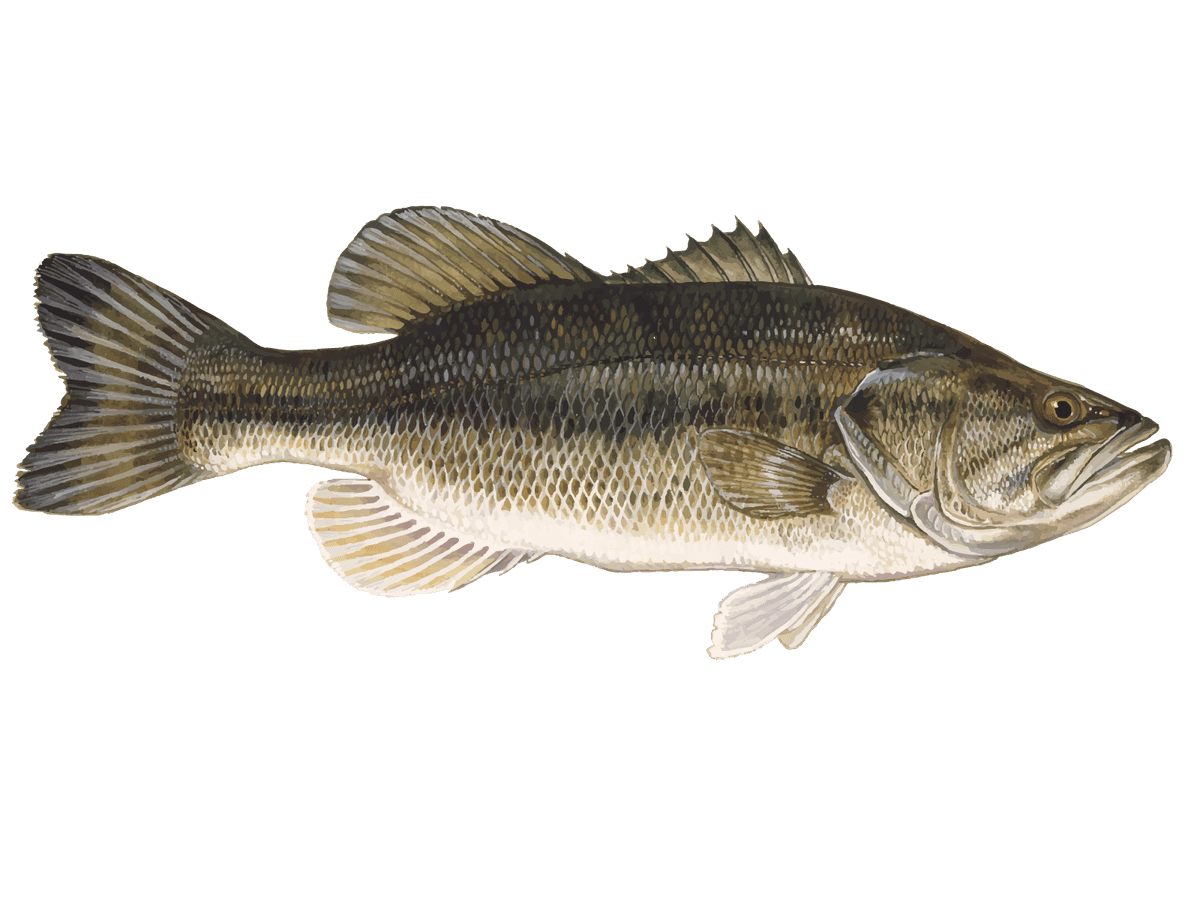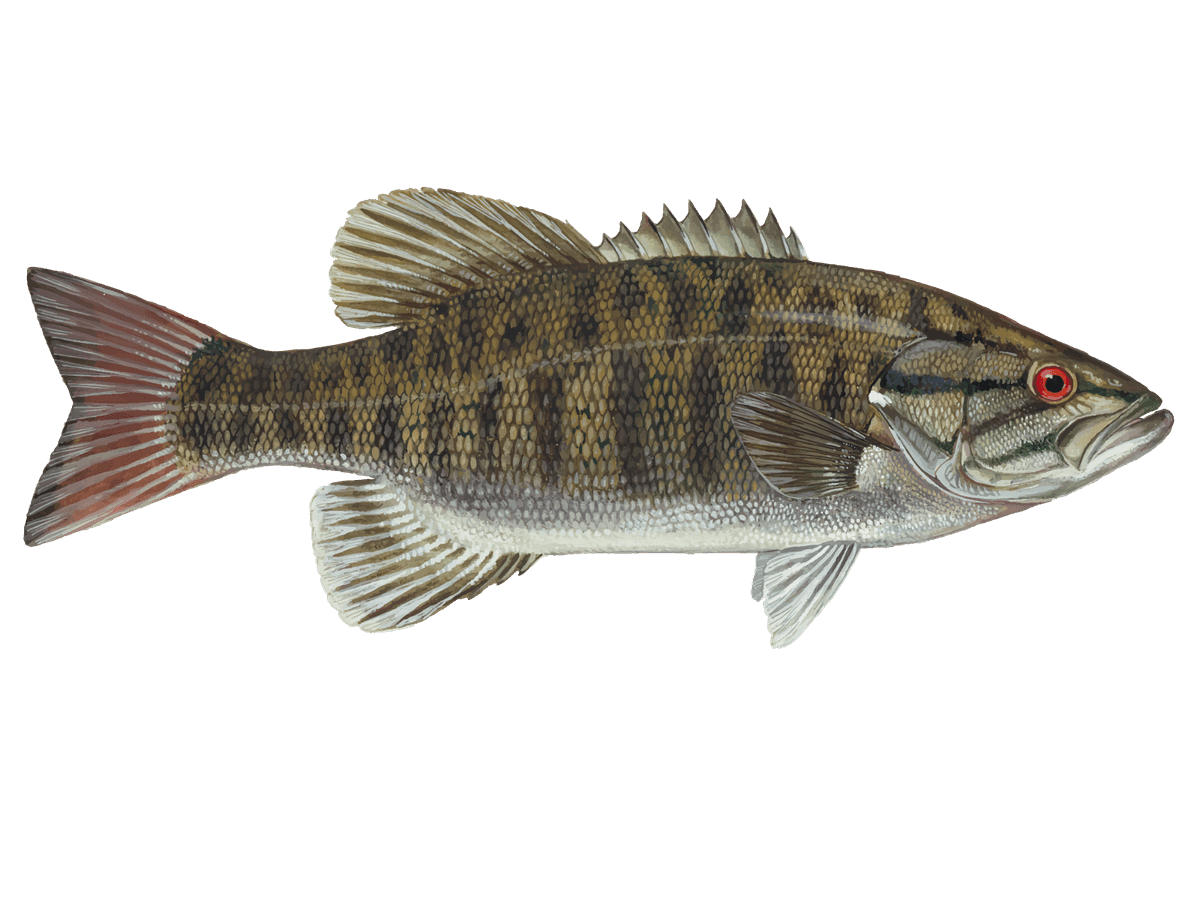Expert Guided Fly Fishing on Tennessee River
- Published Date: July 17, 2025
- Fishing
- Kentucky Lake
- $350 - $500 price range
- Updated Date: October 22, 2025
Summary
%2F%2Fusers%2F3cc9fcc2-5b0e-4f0b-a5be-9800082d98b1%2Fratecard%2Ffly_fishing_prices.png&w=1200&q=75)
River Fly Action


Cast a Line: Half-Day Fly Fishing on the Tennessee River
Get ready to test your skills on one of the South's most diverse fisheries. This half-day fly fishing trip on the Tennessee River is tailor-made for anglers looking to up their game. We'll be targeting some of the river's hardest-fighting species, including Freshwater Drum, Largemouth Bass, and Smallmouth Bass. If we're lucky, we might even hook into a Walleye. Whether you choose the 4-hour or 6-hour option, you're in for a day of non-stop action and expert guidance.
What to Expect on the Water
As soon as we push off from the bank, you'll feel the excitement in the air. The Tennessee River is known for its powerful current and varied structure, creating perfect habitats for a range of game fish. Your guide will take you to honey holes where the big ones lurk – think submerged logs, rocky points, and deep pools. This isn't your average "cast and wait" fishing trip. We'll be on the move, reading the water, and adapting our techniques to match what the fish are doing that day. It's fly fishing at its most dynamic, and it'll keep you on your toes from start to finish.
Gearing Up for Success
For this trip, you'll need to bring your own fly fishing gear and flies. We're talking 6-8 weight rods, floating and sinking lines, and a selection of streamers and poppers. Your guide will give you the lowdown on what's working best, but having a variety of flies is key. Think big and flashy for the bass, and don't forget some crayfish patterns for those drum. Waders aren't necessary most of the year, but quick-dry clothing and a good hat are musts. Remember, we're dealing with some hard-fighting fish here, so make sure your gear is up to the challenge.
Top Catches This Season
While we can't guarantee what'll be biting on any given day, the Tennessee River never disappoints. Anglers have been hauling in chunky Largemouth Bass in the 3-5 pound range, with some real lunkers pushing 7 pounds. The Smallmouth fishing has been red-hot too, with bronzebacks smashing topwater flies in the early morning. But the real surprise this season has been the Freshwater Drum. These "river permit" have been giving fly anglers a run for their money, with some topping 20 pounds. It's the kind of fishing that'll have you grinning from ear to ear and coming back for more.
Species You'll Want to Hook
Largemouth Bass: The king of the river, Largemouth Bass in the Tennessee can grow to trophy sizes. These ambush predators love to hang around structure and aren't afraid to explode on a well-placed popper. Spring and fall are prime times, but you can catch them year-round. There's nothing quite like feeling that distinctive "thump" when a big largemouth inhales your fly.
Smallmouth Bass: Pound for pound, Smallmouth Bass might be the hardest fighting fish in freshwater. These bronze bruisers are known for their acrobatic leaps and dogged fights. They prefer faster water and rocky areas. Late summer and early fall are fantastic times to target them, especially with topwater flies. When a smallie hits, hold on tight – you're in for a wild ride.
Freshwater Drum: Often overlooked by anglers, Freshwater Drum (also called "Sheepshead") are gaining a cult following among fly fishers. These powerful fish can grow huge in the Tennessee River, often exceeding 20 pounds. They feed primarily on the bottom, so weighted flies that imitate crayfish or small baitfish work well. Drum fishing is best in the warmer months, and when you hook one, you'll swear you've got a redfish on the end of your line.
Walleye: While not as common as the other species, Walleye are a prized catch in the Tennessee River. These elusive predators have excellent eyesight and tend to feed in low light conditions. Early morning or evening are your best bets for hooking into one. They prefer deeper water and can be targeted with sinking lines and streamers that imitate their favorite prey – shad and small panfish. Landing a Walleye on the fly is a real achievement and will give you serious bragging rights.
Why Anglers Keep Coming Back
It's not just the fish that make this trip special – it's the whole package. The Tennessee River is a scenic wonder, with towering bluffs, lush forests, and wildlife galore. You might spot bald eagles soaring overhead or see deer coming down to the water's edge for a drink. And let's not forget the peace and quiet. Out here, it's just you, your rod, and the rhythmic sound of the current. It's the perfect escape from the daily grind, a chance to reconnect with nature and test your skills against some of the wiliest fish in the South.
Time to Book Your Spot
Whether you're an experienced fly angler looking for a new challenge or an intermediate looking to level up your skills, this half-day trip on the Tennessee River is calling your name. With expert guidance, world-class fishing, and breathtaking scenery, it's an experience you won't soon forget. Spots fill up fast, especially during peak seasons, so don't wait to lock in your date. Grab your gear, tie on your favorite flies, and get ready for a fly fishing adventure that'll have you dreaming of your next trip before this one's even over. The big ones are waiting – are you ready to meet them?
Learn more about the species
Freshwater Drum
Freshwater drum, or "gaspergou" as the old-timers call 'em, are the unsung heroes of the Tennessee River. These silver-sided fighters average 2-5 pounds but can top 20. You'll find them along channel edges, rocky points, and shell beds. They're bottom feeders, so focus your efforts there. Drum feed year-round but are most active in warmer months. Anglers target them for their hard fights and abundance - when you find one, you've usually found a bunch. To hook up, try a simple bottom rig with nightcrawlers or cut bait. A local trick: small crayfish imitations can be deadly. The bite is usually solid, so set the hook when you feel weight. Once hooked, drum pull hard and steady - no fancy jumps, just dogged determination. They might not be the prettiest fish in the river, but drum will keep your rod bent all day long.

Largemouth Bass
Largemouth bass are the heavyweights of the Tennessee River, typically running 1-4 pounds but can top 10. You'll find them lurking around structure - sunken logs, weed edges, and drop-offs. They're ambush predators, so look for cover near deeper water. Spring and fall are prime seasons when bass move shallow to feed. Anglers love 'em for their aggressive strikes and acrobatic fights. To hook a big one, try working a plastic worm slowly along the bottom near cover. When you feel that telltale tap-tap, set the hook hard. These fish have tough mouths, so don't be shy. Oh, and if you're fly fishing, big poppers or streamers can trigger some explosive topwater action at dawn and dusk. Just be ready for a battle - largemouth earn their reputation as one of freshwater's hardest fighters.

Smallmouth Bass
Smallmouth bass are the acrobats of the Tennessee River, known for their high-flying fights. These bronze beauties typically run 1-3 pounds, with 5+ pounders possible. You'll find them around rocky structure, current breaks, and gravel bars. They love cooler, moving water, so focus on riffles and eddies, especially in tributaries. Spring and fall are prime, but smallies feed actively year-round. Anglers prize them for their aggressive strikes and pound-for-pound fighting ability. To hook up, try bouncing a tube jig or crawdad imitation along the bottom in rocky areas. A local tip: small topwater poppers can trigger explosive strikes in low light. When you feel that distinctive tap, set the hook fast - smallmouth have soft mouths and can throw the hook easily. Once hooked, be ready for multiple jumps and strong runs. It's some of the most exciting fishing you'll find in freshwater.

Striped Bass
Stripers are the bruisers of the Tennessee River, with fish over 20 pounds common and 40+ pounders possible. These hard-fighting saltwater relatives thrive in our big river system. Look for them in deep channels, around current breaks, and chasing bait schools in open water. They're most active in cooler months, with fall and spring being prime times. Anglers love stripers for their powerful runs and sheer size - hooking one feels like you've snagged a subway car. To target them, try trolling deep-diving crankbaits along channel edges or casting big topwater lures when they're busting bait on the surface. A local secret: drifting live shad on planer boards can be deadly. Just make sure your gear is up to the task - these fish will expose any weakness in your tackle. When you hook up, hold on tight and enjoy the ride.

Walleye
Walleye are the night owls of the Tennessee River, most active in low light. These golden-eyed predators average 2-5 pounds but can reach 10+. Look for them along rocky points, drop-offs, and current seams, especially where tributaries enter the main river. They love cool water, so focus on deeper areas during summer. Spring and fall are prime, with walleye moving shallow to feed. Anglers target them for their tasty white fillets and the challenge - walleye can be finicky. For best results, try slow-trolling crankbaits or jigging minnows near the bottom at dawn or dusk. A local trick: use a slip sinker rig with a nightcrawler, bounced slowly along rocky structure. The bite is often subtle, so stay alert. When you hook one, get ready for a steady, dogged fight. It's not flashy, but landing a big walleye is deeply satisfying.

About the Big Easy
%2F%2Fusers%2F3cc9fcc2-5b0e-4f0b-a5be-9800082d98b1%2Fvehicle_picture%2Fsea_ark_image.png&w=1200&q=75)
Vehicle Guest Capacity: 9
Manufacturer Name: Suzuki
Maximum Cruising Speed: 54
Number of Engines: 1
Horsepower per Engine: 250
%2Ffit-in%2F250x250%2Fguide_websites%2F2292%2Fimages%2F1740568741895image-2025-02-26t191857.060.png&w=1200&q=100)
%2Fusers%2F3cc9fcc2-5b0e-4f0b-a5be-9800082d98b1%2Fimages%2Fgag-grouper-fishing-tn-2633.jpg&w=768&q=75)
%2Fusers%2F3cc9fcc2-5b0e-4f0b-a5be-9800082d98b1%2Fimages%2Fbest-angler-fishing-tennessee-2696.jpg&w=768&q=75)
%2Fusers%2F3cc9fcc2-5b0e-4f0b-a5be-9800082d98b1%2Fimages%2Fhogfish-haul-volunteer-state-2768.jpg&w=768&q=75)
%2Fusers%2F3cc9fcc2-5b0e-4f0b-a5be-9800082d98b1%2Fimages%2Ffishing-adventure-tennessee-3253.jpeg&w=768&q=75)
%2Fusers%2F3cc9fcc2-5b0e-4f0b-a5be-9800082d98b1%2Fimages%2Ffishing-adventure-tennessee-2667.jpg&w=768&q=75)
%2Fusers%2F3cc9fcc2-5b0e-4f0b-a5be-9800082d98b1%2Fimages%2Fsnook-caught-fishing-tennessee-2624.jpg&w=768&q=75)
%2Fusers%2F3cc9fcc2-5b0e-4f0b-a5be-9800082d98b1%2Fimages%2Ffishing-expedition-tennessee-2612.jpg&w=768&q=75)
%2Fusers%2F3cc9fcc2-5b0e-4f0b-a5be-9800082d98b1%2Fimages%2Fsnook-watts-bar-lake-2658.jpg&w=768&q=75)
%2Fusers%2F3cc9fcc2-5b0e-4f0b-a5be-9800082d98b1%2Fimages%2Fhuge-snook-caught-tennessee-2669.jpg&w=768&q=75)
%2Fusers%2F3cc9fcc2-5b0e-4f0b-a5be-9800082d98b1%2Fimages%2Fgag-grouper-watts-bar-lake-2679.jpg&w=768&q=75)
